I asked this question on cross-validate, but was asked to move it here because it involved coding more than a statistics question.
I'm teaching a statistics class about family-wise error rate, and have created a graph to illustrate how, when we increase the # of comparisons, the rate of type I errors increases rapidly (Family-Wise Error Rate, FWER). I then show how the bonferroni correction keeps the FWER near 0.05, or 5%.
I would like to also add the Holm correction to the graph, but am struggling at
figuring out the code in R to do this. I see this example here, but don't quite get how the calculation works for the graph. In case this helps, Bonferroni corrects all significance thresholds by the same value (the number of tests, hence my code BON <- a/pwhere a=alpha=threshopld, p=# of comparisons to make), while Holm's method modifies the threshold sequentially from lowest (raw) p-value to highest. I cannot figure this part (adding Holm) of the code out.
Adding other correction methods is also open (and encouraged)! The more, the better, that way I could make a true all-inclusive graph (this would be really cool). But adding Holm correction would already be really great.
Here is what I have done so far (assuming we have a maximum of 100 comparisons to make)
par(mfrow = c(1, 1), cex=1, pch=10)
p <- seq(1,100)
a <- 0.05 # alpha
FWER <- 1-(1-a)^p
BON <- a/p
plot(p,FWER, xlim = c(1,100), ylim = c(0,1), type ='n', main = '', ylab="Family Wise Error Rate [FWER]", xlab='Number of Comparisons')
points(p,BON,pch = 20,col="red")
points(p,FWER,pch=20, col="blue")
legend(-.1, .95, legend=c("No Correction", "Bonferroni Correction"),
col=c("blue", "red"), pch=20, cex=2)
The next point to add, if any, would be holm, and would something like this
points(p, HOLM, pch=20, col="green")

